Some Thoughts on the Nature of a Serial
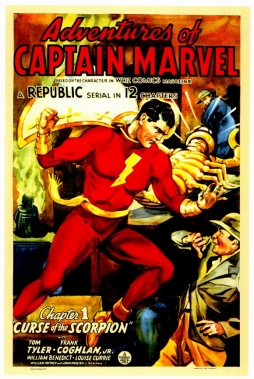 Serial storytelling is something of a mystery; even more so, perhaps, than most storytelling. When done right, it seems to hook an audience, to get them to invest heavily in the story being serialised. But for whatever reason, most serial forms have been pigeonholed as strictly popular arts; serial storytellers have generally been assumed to have a low amount of literary ambition. These presumptions about serials, and the way the form works, have always intrigued me — the more so since I’ve set out to write a serial prose fantasy of my own.
Serial storytelling is something of a mystery; even more so, perhaps, than most storytelling. When done right, it seems to hook an audience, to get them to invest heavily in the story being serialised. But for whatever reason, most serial forms have been pigeonholed as strictly popular arts; serial storytellers have generally been assumed to have a low amount of literary ambition. These presumptions about serials, and the way the form works, have always intrigued me — the more so since I’ve set out to write a serial prose fantasy of my own.
Let me try to define what I mean by ‘serial.’ The OED has “(of publication) appearing in successive parts published usually at regular intervals, periodical,” which is a start. More precisely, I’m talking about a narrative told across many installments, usually on a regular schedule, with each installment except the first and last expected by the audience to be incomplete, but usually containing some element of a genre or other story convention which will satisfy the audience.
Every installment of The Adventures of Captain Marvel movie serial made sure at some point to have the titular super-hero in costume, using his powers, and usually also included fight scenes, detective work, plot twists, and exotic locales — because that was the sort of story it was, and that was what audiences were looking for. Individual chapters (or issues) of a serial may play about with these conventions — like an issue of the Steve Ditko Amazing Spider-Man, in which scripter Stan Lee apologised for not having the hero fight a villain in that particular issue, something unusual in the mid-60s. But go too far, too often, and you just end up telling a different kind of story — like, say, Scott McCloud’s Zot!, which started as a retro-adventure-hero story, and ended up becoming an examination of adventure fantasy and how it contrasts with realism.
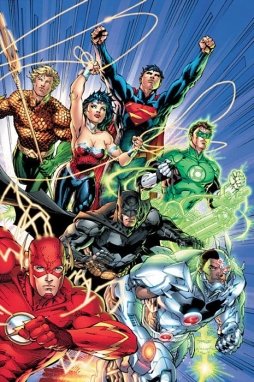 I admit I’d been planning to write another post this week about my new fantasy web serial,
I admit I’d been planning to write another post this week about my new fantasy web serial, 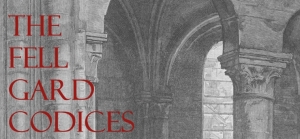 There’s been a lot of talk around the blogosphere lately about self-publishing, and its merits relative to traditional publishing. I’m not going to say anything about that, as such. But it seems obvious to me that self-publishing has a value if you have a story that could not, due to the nature of its form, be published traditionally.
There’s been a lot of talk around the blogosphere lately about self-publishing, and its merits relative to traditional publishing. I’m not going to say anything about that, as such. But it seems obvious to me that self-publishing has a value if you have a story that could not, due to the nature of its form, be published traditionally.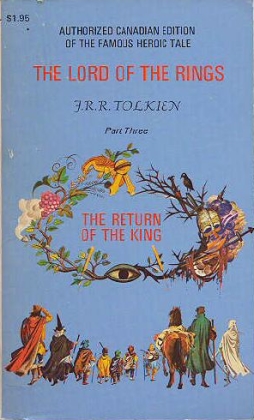 This is the third of three posts on The Lord of the Rings, prompted by a recent re-reading of the book. You can find the first post, looking at Tolkien’s sense of character,
This is the third of three posts on The Lord of the Rings, prompted by a recent re-reading of the book. You can find the first post, looking at Tolkien’s sense of character, 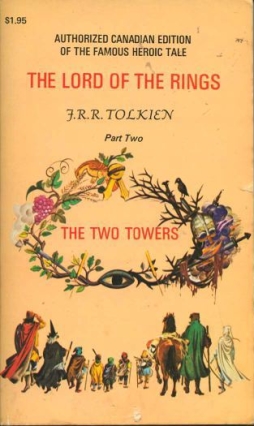 This is the second of three posts prompted by a recent re-reading of The Lord of the Rings. As I said in
This is the second of three posts prompted by a recent re-reading of The Lord of the Rings. As I said in 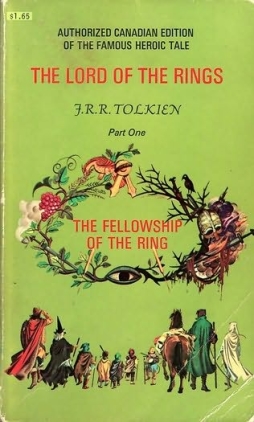 When I first read The Lord of the Rings I was young enough that I no longer remember how old I actually was. It’s a story that seems to me to have been around forever, a part of the background from which the world was made. I reread it often, though not as often as I’d like; and I’m not sure that ‘reread’ is even the right word here, because every time I go back to it, it’s a new tale.
When I first read The Lord of the Rings I was young enough that I no longer remember how old I actually was. It’s a story that seems to me to have been around forever, a part of the background from which the world was made. I reread it often, though not as often as I’d like; and I’m not sure that ‘reread’ is even the right word here, because every time I go back to it, it’s a new tale.  A few days ago, the comics site
A few days ago, the comics site 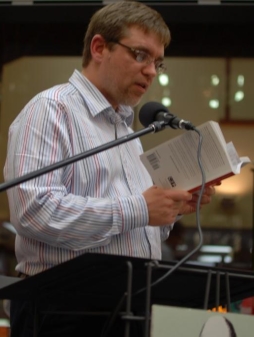 Here’s Part Two of my interview with writer, critic, and editor
Here’s Part Two of my interview with writer, critic, and editor 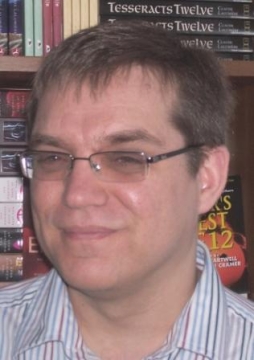
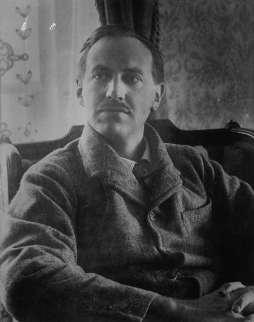 Lord Dunsany’s short story “The Fortress Unvanquishable, Save for Sacnoth” has been called the first sword-and-sorcery story ever written. That attribution has been
Lord Dunsany’s short story “The Fortress Unvanquishable, Save for Sacnoth” has been called the first sword-and-sorcery story ever written. That attribution has been